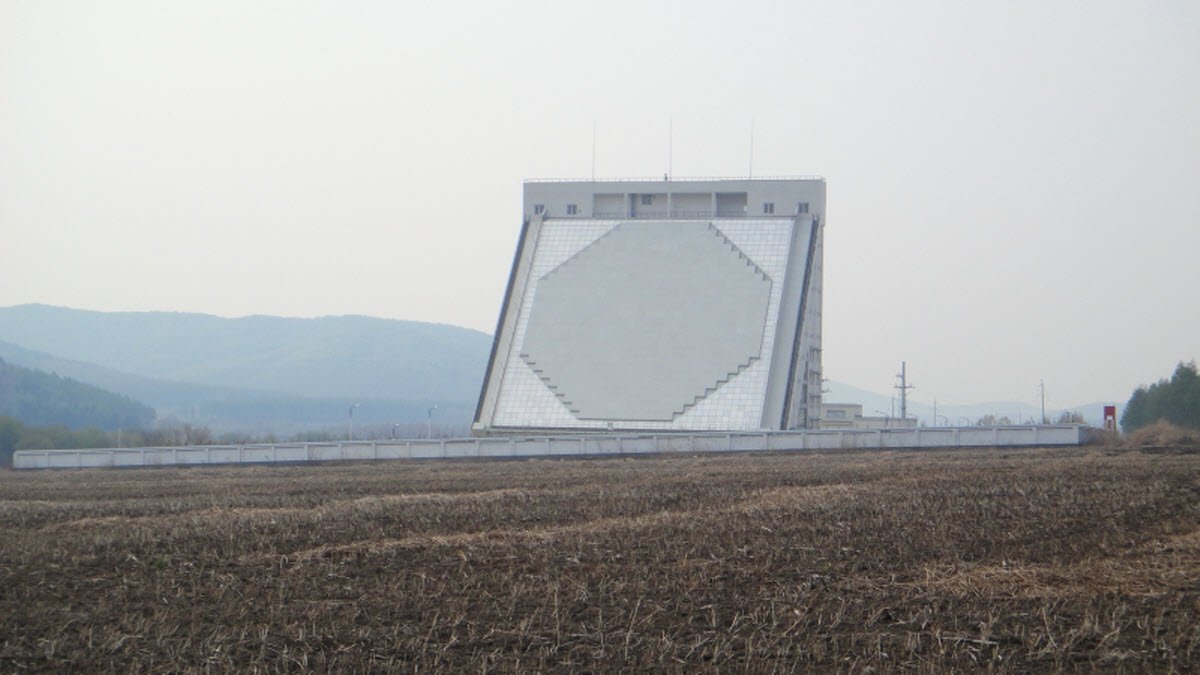Yes, I understand you mean increased probability of hit, but it is technically erroneous to apply "increased CEP" to mean "increased probability of hit" is all I'm saying. You're not increasing CEP at all by using cluster munitions, as CEP is independent of payload but is rather a function of the guidance system on board the DF-21D.
I agree it wasn't the most straight forward way of writing it, but I've typically thought about the relationship of a cluster munition vs unitary warhead relationship in terms of the former still being able to partially "hit" a carrier with degraded guidance/increased CEP. I understand what you mean though.
Anti-armor bomblets have been shown to be both inefficient and ineffective against tanks, which is why Mk20s are being phased out (or rather have been phased out) in favor of smart anti-armor submunitions like CBU-97s. Actually I believe the last time Mk20s were used was in Desert Storm.
Yes, in the anti armour role they've been superceded by other munitions that are more effective against tanks. For that purpose, top attack EFPs with guidance is obviously far more effective.
But we're not talking about their utility against tanks, but rather the potential utility of an anti armour submunition against a carrier's flight deck. My point was not so much that an anti armour cluster munition would specifically be used for an AShBM's warhead, but rather that they could be considered as an option.
Evacuate and stow sounds fantastically unrealistic to me. You know that the DF-21D is an MRBM, right? Flight times for these things are less than 15 minutes from launch. Not to mention "early warning" would require a fast communications chain that gets information from forward sensors (probably not even in the fleet itself if the range is sufficiently large) into the hands of the ACHO in time to start making decisions. And how many planes could you possibly "stow" in this time? And while you could possibly evacuate every last person on the flight deck, this would significantly impact flight ops and seriously risk crew safety while completely locking down the entire flight deck for the duration of the DF-21D's flight time. If the PLAN knew USN carriers were going to do something this silly, all they would need to do is randomly launch a single ASBM every half hour to one hour, and then sit back and laugh as tragic hilarity and utter chaos ensues. The easiest mission kill in the world, one ASBM at a time.
Yes, I'm aware flight times for these are fifteen minutes. I expect forward sensors would involve satellites and forward based OTH radars for early warning and verification, and that would allow for time to evacuate a meaningful amount of aircraft and most if not all of the personnel from the flight deck.
I don't think such a measure would be particularly silly, given the USN will likely rely on an early warning network would be part of their kill chain to intercept AShBMs, and any launches that are analyzed to be likely part of an attack will be alerted to the CSG's commander and the carrier itself, which along with its escorts will put up as many countermeasures to defend themselves and reduce their vulnerability as possible, from things like hard kill and soft kill measures to more simpler things like evasive maneuvers, and yes, I think stowing aircraft and personnel below decks.


